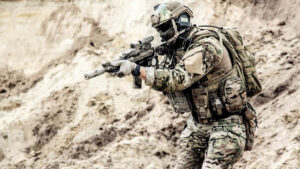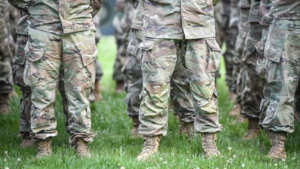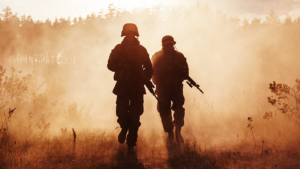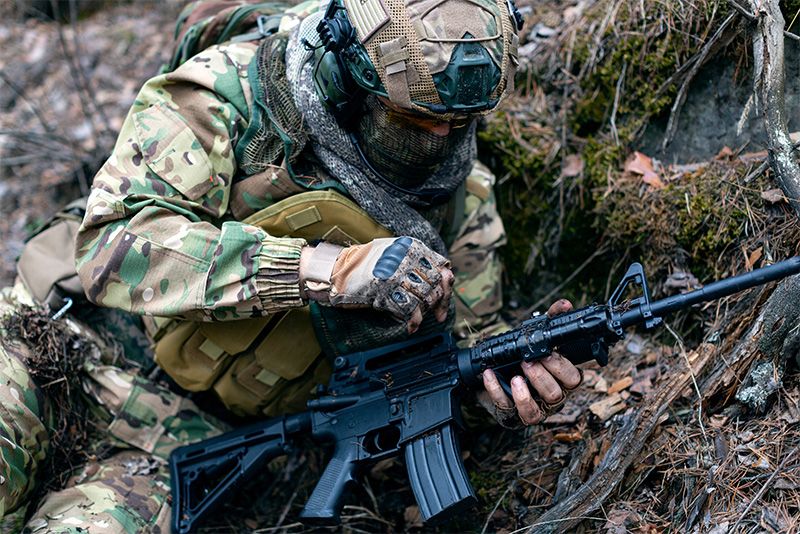
From Infantry to Tier 1 Spec Ops: The Role of Army OCIE in Different Missions
In the vast and intricate world of military operations, Organizational Clothing & Individual Equipment (OCIE) takes on a new meaning for those who answer the call. This isn’t just about aesthetics or protection against the elements. It’s about survival, functionality, and mission success. You can’t overstate OCIE’s importance to the military. In this blog, we’ll delve deep into the transition of OCIE from basic infantry roles to the elite Tier 1 Special Operations.
The Basics: Infantry OCIE
The infantry, often termed the “backbone” of the military, plays an instrumental role in any armed force. Representing the primary ground force, infantry is often the first to engage with the enemy, holding ground and taking territory. Given their critical role, the OCIE for an infantry soldier incorporates aspects for resilience, protection, and efficiency.
- Combat Uniforms: Beyond the recognizable camouflage, the combat uniform is about mobility and protection. Tailored to allow flexibility while safeguarding the wearer from environmental factors, the material often has moisture-wicking properties and is treated to be fire-resistant. You can check out Serket’s catalog of uniforms here.
- Protective Gear: Helmets not only offer ballistic protection but also come equipped with mounts for night-vision goggles and communication gear. Body armor, on the other hand, has evolved tremendously. From the heavy flak jackets of yesteryears, today’s body armor offers superior ballistic protection without compromising much on mobility.
- Basic Load-Carrying Equipment: At the heart of infantry OCIE is the load-carrying equipment. Rucksacks, designed to distribute weight efficiently, allow soldiers to carry essentials for extended missions. Ammunition pouches, positioned for quick access, ensure that the infantry can resupply without losing focus on the battle.
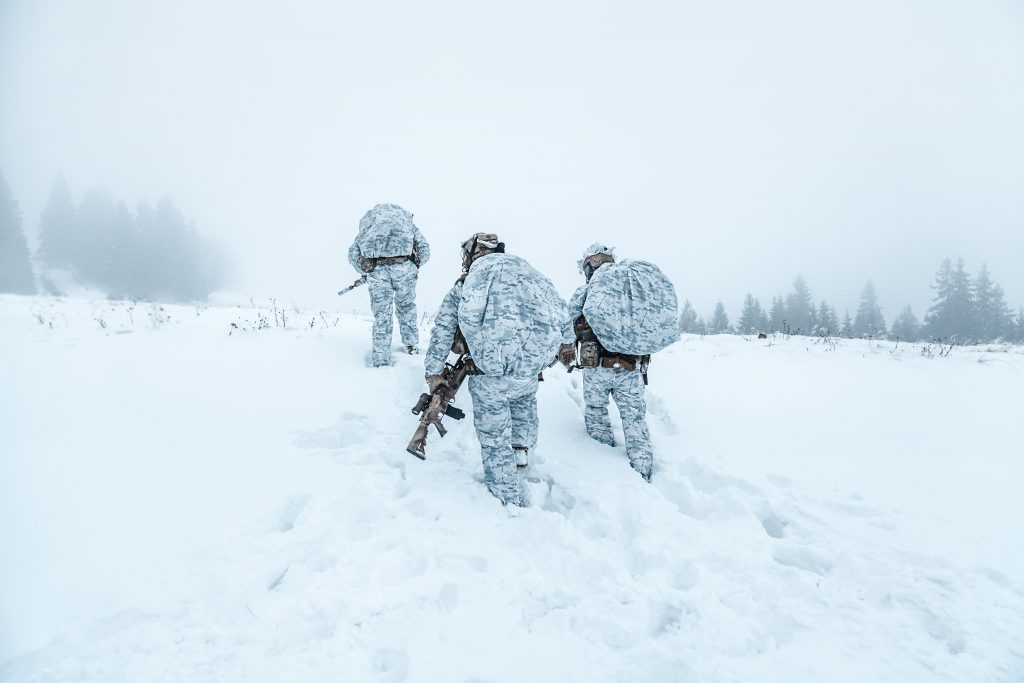
Transitioning to Specialized Roles: Advanced Training and Equipment
As one progresses through the military hierarchy, roles become more specialized, requiring not just advanced training but also tailored OCIE. Specialized training prepares soldiers for specific terrains, climates, and mission profiles. Parallelly, OCIE needs to evolve to match the intricacies of these roles.
For instance, airborne units trained for parachute assaults have jump-specific equipment that ensures safe drops and immediate combat readiness upon landing. Mountain warfare specialists, on the other hand, need gear that offers protection against the cold while also facilitating climbing and skiing. Mechanized infantry, coordinated with armored units, requires equipment that integrates seamlessly with vehicles.
The Elite: Tier 1 Special Operations and their OCIE Needs
Moving to the pinnacle of military specialization, we encounter the Tier 1 Special Operations units. These are the shadows, the unseen forces that undertake the most perilous and critical missions. Their name often remains classified, their deeds mostly unknown, but their efficiency is unparalleled.
What makes Tier 1 Spec Ops unique isn’t just their rigorous selection and relentless training but also their OCIE, tailor-made for each mission profile.
- Advanced Body Armor and Ballistic Protection: Given the high-risk nature of their missions, Tier 1 operators are equipped with the latest in ballistic protection. This includes armor that can withstand rounds from high-caliber firearms and is lightweight enough for prolonged operations.
- Specialized Load-Carrying Systems: Given the diversity of their missions, these operators need a load-carrying system that’s modular. Whether it’s a direct action mission or a covert surveillance operation, their gear adjusts accordingly.
- Mission-Specific Gear: This is where the customization of OCIE truly shines. Breaching tools for urban warfare, underwater equipment for maritime operations, or specialized communication devices for deep behind enemy lines – Tier 1 Spec Ops have equipment tailored for the mission.
Beyond the gear, what’s pivotal is adaptability. In the world of Spec Ops, no two missions are identical. As such, their OCIE isn’t just about protection and utility but also about adaptability. Operators often need to modify their gear based on real-time intelligence, ensuring they always have the upper hand. This includes proper maintenance and care when not in use.
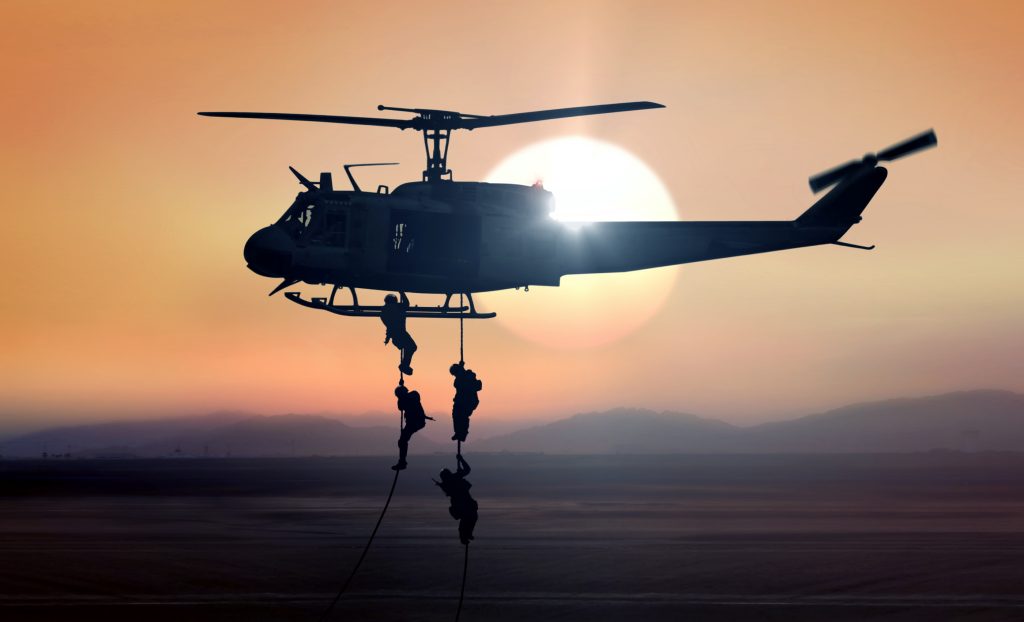
Rescue Operations
The call to rescue is one that the military takes with utmost gravity. Whether it’s extracting fellow soldiers from a hostile zone or rescuing civilians trapped in a disaster, time is of the essence and every second counts. However, the volatile environments and unpredictable scenarios present unique challenges.
The OCIE for such missions gears itself toward rapid response and efficiency. Specialized extraction tools allow for quick access to trapped individuals, whether in a collapsed structure or a crashed vehicle. Communication equipment is crucial, ensuring teams can coordinate in real-time and adapt to ever-changing situations. And, of course, medical gear – being able to provide immediate first aid can be the difference between life and death.
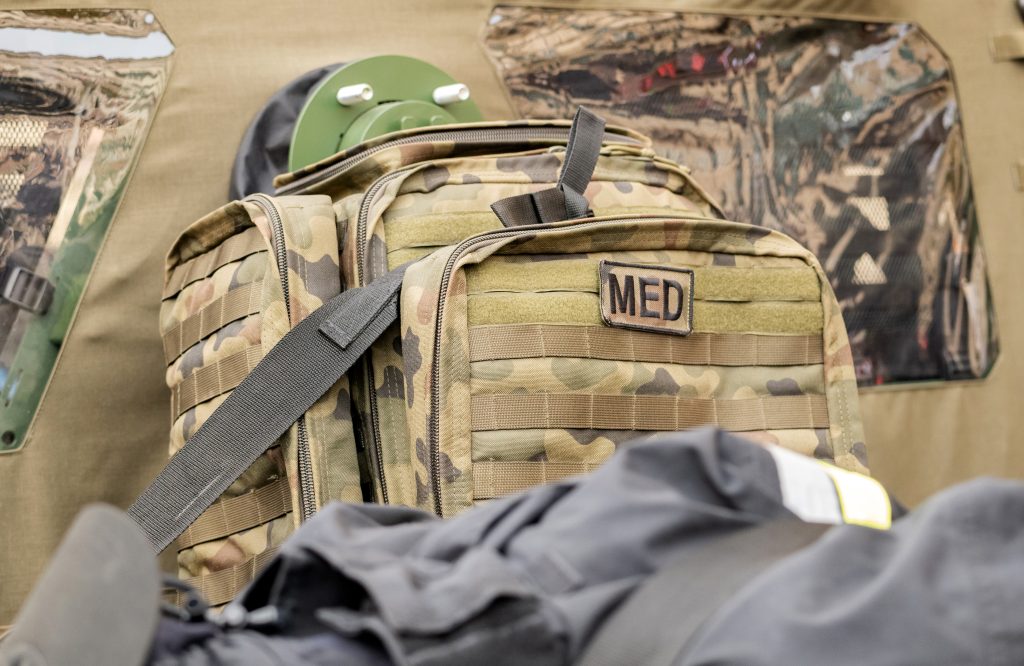
Medical Assistance in Impoverished Areas
Often, the military isn’t just about warfare; it’s about healing. In regions ravaged by disease and conflict, the army steps in to provide critical medical aid.
The OCIE for such missions ensures that the military can operate field hospitals even in the most basic conditions. You can learn more about field hospitals by going here.
Medical kits come stocked with everything from essential medicines to surgical tools. Protective clothing ensures personnel are safeguarded against potential contagions, while portable treatment facilities can deploy swiftly, bringing hope to areas that need it most.
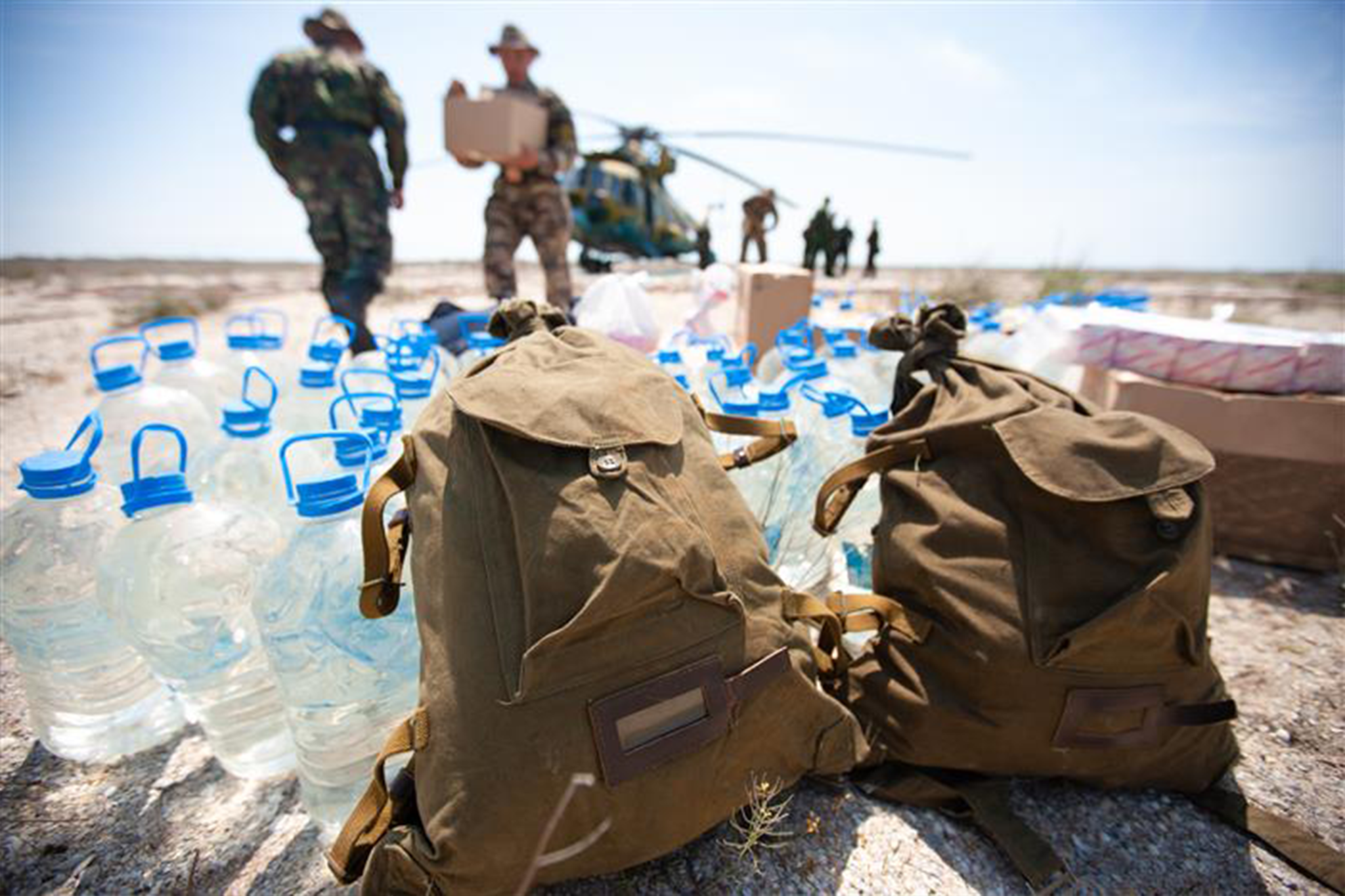
Food and Humanitarian Relief
In times of crisis, armies often become the lifeline, delivering essential supplies to affected populations.
The OCIE, for such roles, prioritizes the safe and efficient distribution of aid. Systems are in place to ensure food and water remain uncontaminated. Protective clothing ensures personnel remain safe in areas that might still be risky, while storage solutions ensure that large quantities of aid can stockpile and distribute systematically.
Security at Embassies and Other Locations
Embassies, consulates, and other diplomatic assets are symbols of a nation’s sovereignty abroad. Protecting these is paramount, given the potential political implications of any security breach.
The OCIE for such crucial roles includes advanced body armor to protect against potential attacks. Surveillance gear ensures a constant eye on all approaches, while crowd control tools can help manage and disperse large gatherings, ensuring the safety of the diplomatic enclave.
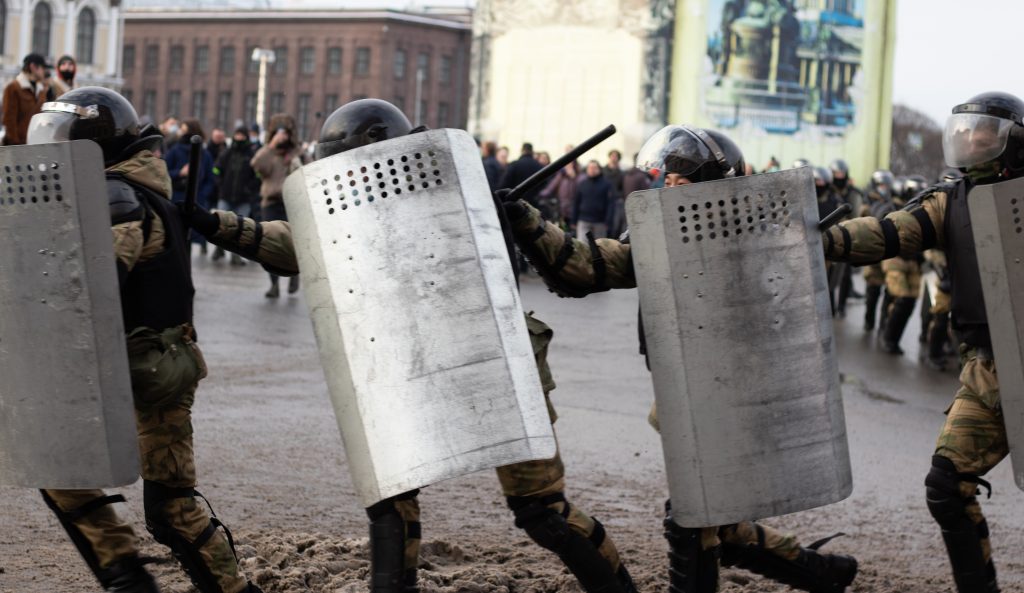
Policing in Volatile Areas
In regions torn by conflict or civil unrest, the military often steps in to restore and maintain order. These operations require a delicate balance – ensuring safety while avoiding escalation.
The OCIE for such roles includes riot gear that protects soldiers from projectiles or fire. Non-lethal weapons, like tear gas or rubber bullets, help in crowd control, while protective barriers shield critical areas or create safe zones for civilians.
Natural Disaster Relief
From earthquakes to hurricanes, when nature unleashes its fury, the military is often at the forefront of relief efforts.
The OCIE for disaster relief is versatile. Search and rescue equipment helps locate and extract trapped individuals. Medical supplies ensure immediate medical attention, and protective clothing safeguards against the harsh elements or hazardous environments that such disasters often bring.
Law Enforcement
Sometimes, the line between military and civilian law enforcement blurs, especially when dealing with terrorism or organized crime.
For such collaborations, the OCIE might include forensic tools to analyze crime scenes, investigative equipment to gather intelligence, and protective clothing that offers a blend of mobility and protection, ideal for urban operations.
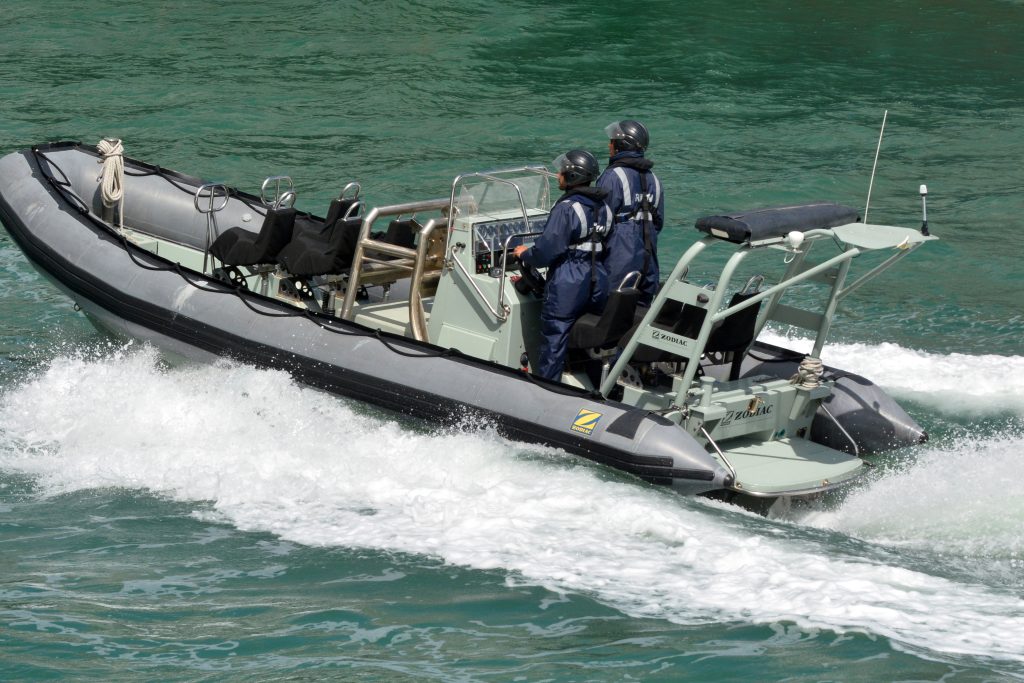
Piracy and Drug Interdiction
The high seas are often battlegrounds against illicit activities. The military plays a critical role in keeping these waters safe.
The OCIE for such missions is specialized for maritime operations. Maritime gear ensures soldiers can operate efficiently on ships or underwater. Detection devices help locate hidden contraband, while specialized tactical equipment ensures rapid response during interdictions.
Elite Operations: Tier 1 Spec Ops OCIE
The world of Tier 1 Special Operations contains unparalleled precision, risk management, and tactical efficiency. Every piece of their OCIE is meticulously curated to cater to their unique mission profiles, ensuring not just adaptability but also paramount protection. Among the essentials are advanced combat helmets fortified with integrated communication systems for seamless on-ground coordination.
To navigate diverse terrains and environments, they don multi-environment camouflage uniforms, and their modular tactical vests allow for customization based on specific mission requirements. Enhanced night vision systems grant them superior visibility during nocturnal operations, while their specialized footwear ensures agility across various terrains, be it dense jungles or rugged mountains. Furthermore, encrypted communication devices and climate-adaptive gear ensure they remain efficient, irrespective of environmental challenges. Every aspect of their equipment underscores a dedication to tactical superiority and operator safety.
Evolution and Future of OCIE
OCIE’s journey is a testament to our relentless drive to innovate. From the basic shields and armor of ancient warriors to the high-tech gear of today, OCIE has evolved, mirroring the advancements in warfare and technology. As we look to the future, we can anticipate even more integrated systems, incorporating advanced materials, smart technology, and perhaps even biotech.
Contact Us
As we’ve traversed the myriad roles and responsibilities of the military, one constant remains – the OCIE. Adapting, evolving, and always ensuring that those who stand guard over us are protected.
To keep up to date with Serket news, fill out the contact form here, so you’ll never miss another blog. If you’d like more information on how Serket can help you with your next mission, you can send us an email at Sa***@*******SA.com. Whatever your challenge, you can feel confident knowing Serket provides you with a uniform built for performance.
